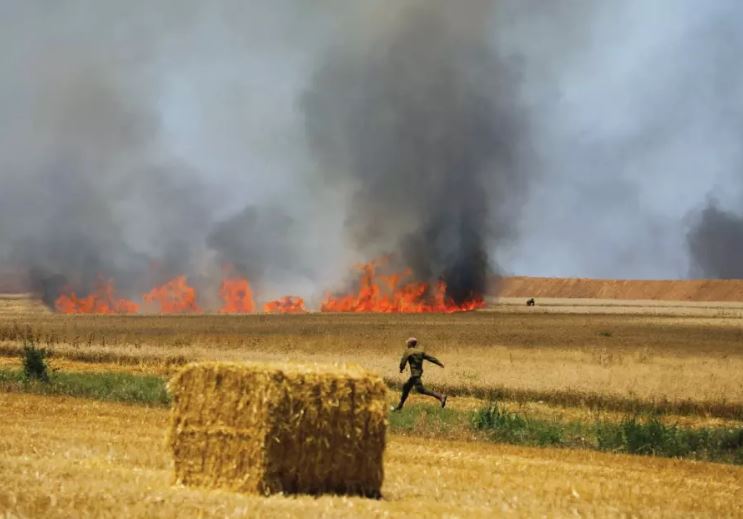Israel’s heaviest bombardment of Gaza since the 2014 war in which at least 1500 civilians were killed sends a warning leaders of the Hamas terrorist movement would be unwise to ignore. The spark for the intense Israeli retaliatory airstrikes on key Hamas and Islamic Jihad military installations, weapons dumps and infiltration tunnels was an offensive from Gaza in which hundreds of terrorist rockets and mortars, many supplied by Iran, rained down on Jewish civilian villages along the border fence with Gaza.
But the broader issue in the rapidly escalating cross-border confrontation, which has led to fears of another all-out war, is Hamas’s latest tactic of floating incendiary kites and airborne firebombs towards Israel, setting off highly damaging forest fires and scrub blazes. As many as 20 blazes a day caused by the devices are destroying vast tracts of farmland and nature reserve, provoking widespread outrage in Israel. In such circumstances it is hardly surprising Israel has retaliated so strongly, with Prime Minister Benjamin Netanyahu warning, despite a ceasefire brokered by Egypt, that Israel regards “terrorism by incendiary kites and balloons” in the same light as rocket and mortar offensives. The usual claque of pro-Palestinian voices being raised to express outrage over the Israeli bombardment would do better trying to persuade Hamas leaders to stop launching incendiary devices.
Read he full editorial in The Australian.

